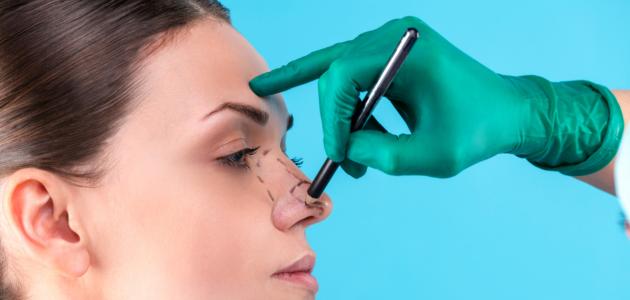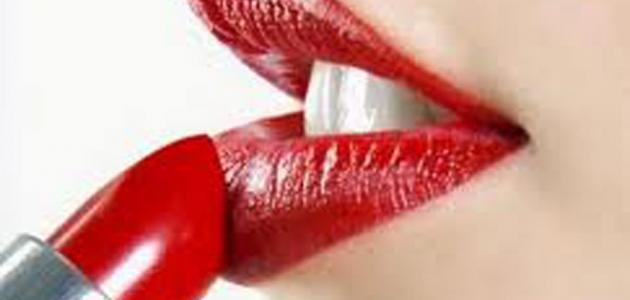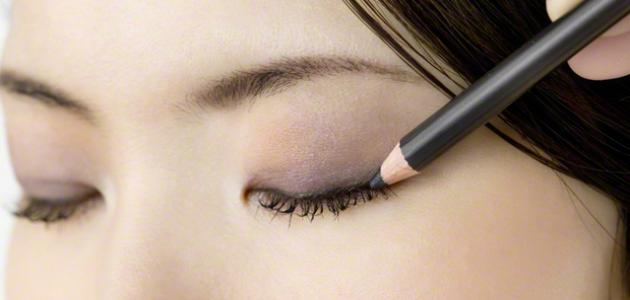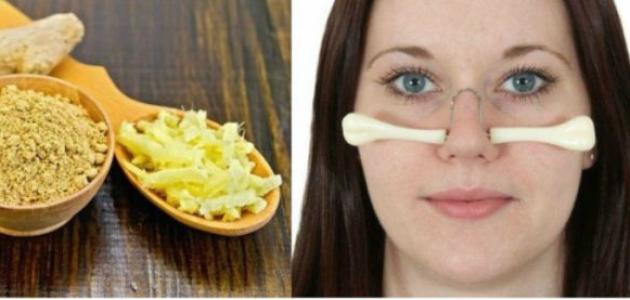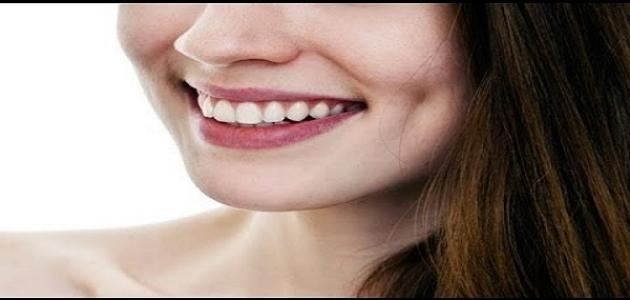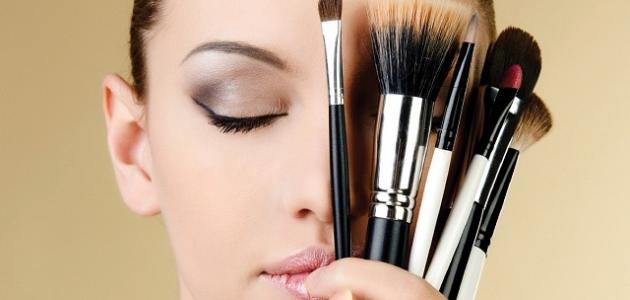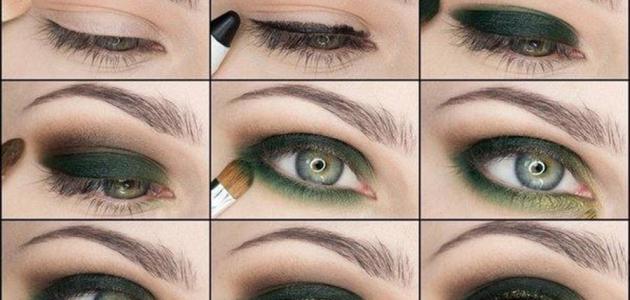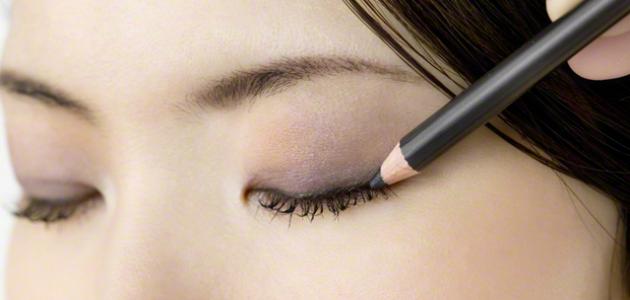How is rhinoplasty performed?
Rhinoplasty is performed in two ways: closed surgery, where incisions are hidden inside the nose, or open surgery, where a transverse incision is made across the columella. It is the strip separating the nostrils. Through these incisions, the skin covering the nasal bones and cartilage is gently lifted, allowing the structure of the nose to be reshaped. In fact, the rhinoplasty procedure lasts for approximately one to two hours, but it may last longer in some more complex cases. As in the case of re-performing rhinoplasty (in English: Revision rhinoplasty); Which consists of undergoing a subsequent rhinoplasty when the desired results are not obtained or breathing problems occur after the first plastic surgery. It is worth noting that the rhinoplasty does not include fixed steps in which all operations are performed. Rather, the steps for performing the operation differ depending on the purpose of performing it and the shape of the nose. In general, the steps for performing rhinoplasty can be described as follows:
Anesthesia
Rhinoplasty can be performed in a hospital or in an outpatient surgical clinic. If the procedure is simple, the doctor can use local anesthesia along with intravenous anesthesia. By giving the subject of the operation a medicine that anesthetizes and calms him, but keeps him awake without making him lose consciousness. However, the doctor often resorts to putting the subject of the operation under general anesthesia, which causes a complete loss of consciousness during the operation. It should be noted that the doctor is the one who determines the type of anesthesia under which the operation will be performed. Through it, regardless of the type of anesthesia used in the procedure, the patient is injected locally using a mixture of lidocaine and epinephrine as an additional step to numb the nose and reduce bleeding. We will talk in some detail about the different types of anesthesia that are used in the procedure. Rhinoplasty:
Read also:How to apply eye shadow- Local anesthesia with intravenous sedation: (in English: Local anesthesia with IV sedation), during this method an anesthetic substance is injected into a vein that causes loss of consciousness without inhibiting breathing. This method is associated with some drawbacks, including that the patient may not lose consciousness completely, which may cause the subject of rhinoplasty to move uncontrollably. Sudden during the operation, or confusion and disturbance, which may negatively affect the course of the surgical procedure.
- General anesthesia: General anesthesia is the most common type of anesthesia used in rhinoplasty, as it reduces the possibility of bleeding, movement and discomfort of the subject, which leads to better cosmetic results. General anesthesia is characterized by the use of a ventilator, which helps the doctor adjust the depth of anesthesia to maintain low blood pressure. Blood. The negatives of general anesthesia include the possibility of nausea and vomiting after surgery. However, the chance of vomiting after surgery can be reduced by reducing the use of opioid or narcotic analgesics, which also contribute to vomiting as one of their side effects.
Incision process
Rhinoplasty is performed in two ways: closed surgery or open surgery, as we mentioned above. What distinguishes closed rhinoplasty is that no external surgical incision appears, thus avoiding the occurrence of visible scars for the individual. However, the negatives associated with this method include the difficulty of changing the location of the skin, as it must Performing the entire procedure through narrow surgical incisions with limited visibility, in addition to the possibility of distorting the nasal cartilage, given that access to some parts of the nose requires significant tightening of the nasal skin. In contrast to rhinoplasty with the closed procedure, the open procedure, or what is known as an external incision, includes a A small incision, like the bridge, between the right and left nostrils. This small incision, which is 4-5 mm long, contributes to the possibility of folding the skin of the nose upward, similar to opening a car hood, which helps to see the lower skeleton of the nose without any obstacles, in addition to direct vision. For almost the entire nasal frame, which reduces deformation of the nasal cartilage to a minimum.
Read also:Makeup method step by stepChanging the shape of the nose
Nose reshaping is done by reducing the size of the nose and making it smaller by removing some cartilage and bones, or making the nose larger by taking cartilage from the nasal septum or ears, and bones from the hips, elbow, or skull and using them to build the nose. It may also include changing the shape of the nose. The nose is done by breaking the nasal bone and rearranging the cartilage, or changing the angle between the nose and the upper lip. The skin above the nose should be reduced in size or stretched to its new shape depending on the changes made to the nose. Modifying the shape of the nose may include performing a variety of procedures to obtain the desired shape and size of the nose. Among the most common modifications is modifying the nose that looks like a camel’s hump by removing bones and cartilage from the surface of the nose to create a more aesthetically pleasing image of the person, or modifying the wide tip of the nose by Removing cartilage in the nasal tip and using sutures to reduce the size of the nasal cartilage, or modify the shape of a crooked nose through a combination of techniques, including osteotomy; Which consists of breaking the nasal bones and thus creating more symmetry in the front view of the nose.
Correction of deviated nasal septum
The deviated nasal septum may be corrected and straightened to improve breathing during rhinoplasty, but it should be noted that this step is only performed if necessary. That is, if there are problems with the nasal septum.
Read also:Face slimming methodsClosing the surgical incision
The surgical incision is closed after the surgery is completed and the nose appears satisfactory to the surgeon. Splints are usually placed outside the nose to maintain its stability during the early healing process. In cases where any surgical procedure is performed on the nasal septum, stents are also installed inside the nose in most cases. In some cases, the doctor may make additional incisions in the natural creases of the nostrils to adjust their size if necessary.
Waiting for results
The initial swelling is observed to subside within a few weeks, while the final shape of the new nasal contour may take up to a year. During this time, a person may notice gradual changes in the appearance of the nose until the final shape of the nose is achieved, after which a doctor can be seen for any additional adjustments. In the event that you are not satisfied with the final result of the operation, it is worth noting that although the final results of rhinoplasty are permanent, aging can cause some simple and natural gradual changes in the nose, and it must be noted that a healthy lifestyle and protection from the sun’s rays help. To maintain the results of the surgical procedure and the new appearance.
How to prepare for rhinoplasty
Tips and instructions for preparing for rhinoplasty include:
- Avoid using aspirin, ibuprofen, naproxen, other nonsteroidal anti-inflammatory drugs (NSAIDs), and vitamin E supplements for two weeks before surgery, and talk to your doctor if using thiols. blood and asked for advice about the appropriate time to stop using them. It is worth noting that taking Paracetamol in addition to daily vitamins does not affect the rhinoplasty process, and the person can use these medications and vitamins as needed.
- Refrain from smoking for two weeks before and after surgery, as smoking slows down the healing process and can lead to scarring of the nose after surgery.
- Avoid exposure to sunlight two weeks before surgery, and use a sunscreen with a protection factor of at least 30.
- Avoid exposure to allergenic materials before and after the operation, and if the person constantly suffers from seasonal allergies, it is recommended to schedule the operation at the time of year when the symptoms of seasonal allergies have disappeared.
- Buy some medical products to use after surgery, such as: saline nasal sprays, Vaseline ointment, and a laxative to avoid constipation resulting from general anesthesia and the required rest period after surgery.
- Abstain from all types of food and drink starting at midnight before surgery.
- Arranging for someone to accompany the subject home after surgery as the individual is not allowed to drive or leave alone.
- Wear loose clothing that fits the forehead and avoid clothing that may bother the nose when putting on or taking off.
- Leave valuables at home and do not wear jewelry on the day of surgery.
- Avoid wearing face or eye makeup, and avoid painting your nails on the same day of the surgery.
- Wear glasses if desired, and avoid wearing contact lenses on the same day of surgery.
Medical evaluation before rhinoplasty
The initial medical evaluation before performing rhinoplasty includes discussing the important factors that determine the likelihood of the operation being successful. These factors include the following:
- Medical history: The most important question in the medical history is that related to the motives behind performing the surgery and its purpose. The doctor also inquires about the medical history related to any diseases and medical procedures that the person has undergone, such as: a history of nasal obstruction, surgeries that he has undergone, and medications that he is taking. Having some health problems may prevent undergoing rhinoplasty, as is the case with patients who suffer from bleeding disorders such as hemophilia.
- Physical examination: The doctor performs a complete physical examination, which includes laboratory tests such as: blood tests, in addition to examining facial features, and the inside and outside of the nose. It is worth noting that the physical examination helps the doctor determine the changes that must be made and also determines how the person’s physical characteristics can affect the results. The process, such as: the thickness of the skin, or the strength of the cartilage at the end of the nose, in addition to determining the effect of rhinoplasty on breathing.
- Photography: Several pictures of a person's nose are taken from different angles. The surgeon may use computer software to process the images to discuss the types of possible results with the individual wishing to undergo rhinoplasty. These pictures are also used to evaluate the shape of the nose before and after the procedure.
- Discussing expectations: The person should talk to his doctor about the motives and expectations for rhinoplasty. If the person's chin is small, the surgeon may talk to the person about performing chin enlargement surgery, because a small chin increases the feeling of the size of the nose.
Harmful effects of rhinoplasty
The risks and side effects of undergoing rhinoplasty include:
- Risks and side effects of anesthesia.
- Bloating and swelling of the face.
- Infection and contamination of the operation site.
- Feeling pain or skin numbness at the site of the operation.
- Delayed healing of the surgical wound, or the appearance of a visible scar on the nose at the site of the surgical incision unless the doctor’s advice is adhered to.
- Dissatisfaction and dissatisfaction with the new shape of the nose and the need to perform another operation to change the shape of the nose again in some rare cases.
- Difficulty or shortness of breath.
- Some rare health complications that may occur as a result of an error in performing the operation, such as nasal septum perforation.
Post rhinoplasty
After the operation, the doctor attaches a medical adhesive or a nasal support, or both, for about a week of time. It is expected that the person undergoing the operation will notice puffiness and swelling and the appearance of some bruises around the eyes, which will soon begin to improve after the third day of the operation usually passes, but the swelling and puffiness can usually It lasts for up to two weeks, with the possibility that a very small amount of swelling will remain in the area for a period of up to six months to a year. After a year has passed since the operation is performed, it is possible to judge and evaluate the final shape of the nose after the operation. It is noteworthy that it is important to refrain from practicing any strenuous activities or It is stressful for 3-6 weeks after the operation, but the subject can return to work and participate in social activities within two or three weeks without any bruising on the face indicating that they underwent rhinoplasty.
